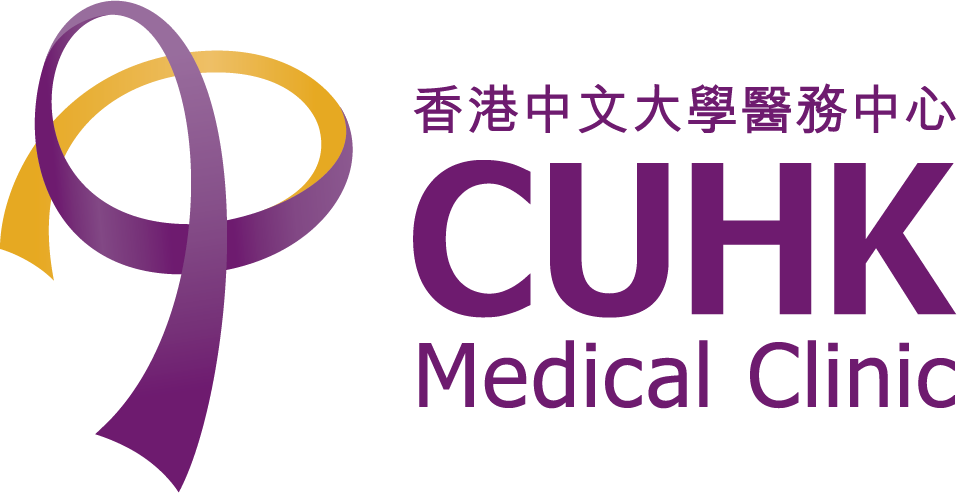Program

Syllabus
This certificate consists of four parts including introductory course, advanced training course (by stream), thematic course and symposium with different themes to facilitate both all-round and profession-specific learning:
- Part 1: Introductory Course to Work Rehabilitation for Rehabilitation Professionals (15 hours)
- Part 2: Advanced training course for different streams of Rehabilitation Professionals (enrollment of 1 stream only X 51 hours)
- Part 3: Thematic lectures (16 hours)
- A symposium to be arranged (6 hours X 3 = 18 hours)
The certificate will cover the following contents:
The certificate will cover the following contents:
Format / Media
-
An online platform is set-up to provide training to all rehabilitation professionals.
-
Attendance records can be retrieved in the system.
-
Teaching medium: English, supplemented with Cantonese
Assessment, Attendance Requirement and Certificates
-
100% attendance for each course is required.
-
Attendance Certificate will be presented to participants who completed the program.
Other accreditations
-
CME / CPD accreditation for Medical Practitioners, Physiotherapist and Occupational Therapists (to be confirmed).
Organizer / Co-organizer
-
CUHK Medical Clinic and Department of Orthopaedics and Traumatology, Faculty of Medicine, The Chinese University of Hong Kong

